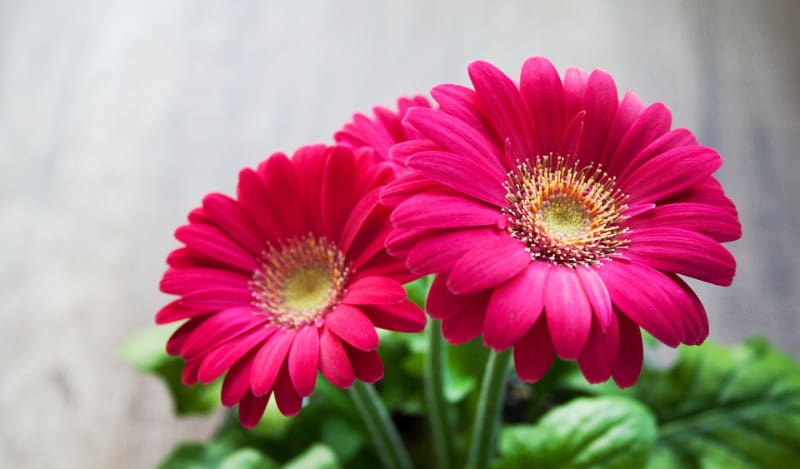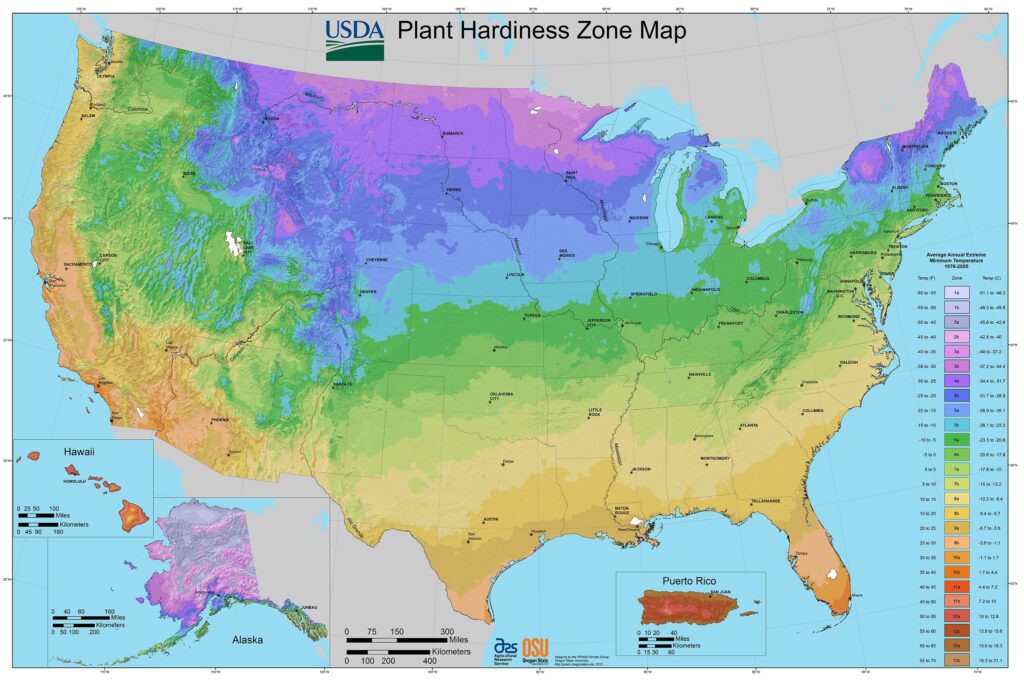If you’re looking for a colorful flower to add to your garden, gerbera daisies are a great option! These flowers come in shades of red, orange, yellow, white, and pink, and they grow best in sunny locations. In this post, we’ll teach you how to grow and care for gerbera daisies. We’ll also share some tips on how to get the most out of these flowers. Read on to learn more!
Best Gerbera Daisy Varieties
| Image | Name | Rating | Shop |
|---|---|---|---|
 | Outsidepride Gerbera Daisy Flower Seed Plant Mix | ||
 | Mixed Gerbera Daisy Seeds Hybrids Flower | ||
 | Park Seed Majorette Pink Halo Gerbera Daisy |
How to Grow and Care for Gerbera Daisies
Gerbera Daisy Hardiness Zones
Gerbera daisies (Gerbera jamesonii) are native to South Africa, and they are perennial in zones 8-10 in the United States. In all other areas of the country, they are grown as annual flowers.
How Much Sun Do Gerbera Daisies Need
Gerbera daisies need full sun to partial shade, depending on the climate. In cooler climates, they need more sun, while in warmer climates they can do with less. Make sure to plant them in a spot where they will get at least 6 hours of direct sunlight per day.
Gerbera Daisy Soil Requirements
Gerbera daisies need moist, well-drained soil in order to thrive. If the soil is too wet or too dry, the plants will not grow well and may become susceptible to disease. Amend the soil with compost or other organic matter to help improve drainage and moisture retention.
Gerbera Daisy Soil pH
The ideal pH range for gerbera daisies is around 7.0 to 6.5, which is neutral to slightly acidic. This helps them absorb nutrients more effectively and prevents common problems like root rot and mineral deficiencies.
Gerbera Daisy Plant Spacing
When it comes to planting gerbera daisies, spacing is important. These beautiful flowers need room to grow and spread out, so they shouldn’t be planted too close together. A good rule of thumb is to space them about 1.5 feet apart. This way, they’ll have enough room to fill in and create a stunning display of large flowers.
Gerbera Daisy Temperature Requirements
Gerbera daisies grow best in warm conditions that are not too hot. They prefer temperatures between 60-80 degrees Fahrenheit, and with proper care, gerbera daisies will bloom from late spring until fall.
Gerbera Daisy Fertilizer Requirements
Gerbera daisies need to be fertilized every two weeks with a high phosphorus fertilizer to encourage blooms. A 10-20-10 fertilizer is a good option, or you can also use a bloom booster fertilizer like Miracle-Gro for blooms. Be careful not to over-fertilize as this can cause the plant to produce excessive foliage and fewer flowers.
Gerbera Daisy Water Requirements
It’s important to water Gerbera Daisies regularly in order to keep them blooming, and they need around 1 inch of water per week. Make sure the soil is wet, but not soggy, and avoid getting the leaves wet in the late evening as this can encourage fungal diseases to take hold.
Gerbera Daisy Humidity Requirements
Gerbera daisies are one of the most popular flowers around, and part of their appeal is that they are pretty adaptable. So whether you live in a humid climate or a dry one, your gerbera daisies should be just fine.
Gerbera Daisy Pests
Gerbera Daisies can be susceptible to spider mites and thrips. Spider mites are tiny, red, or greenish spiders that suck the sap from plants. They can cause leaves to yellow and fall off.
Thrips are tiny, black or white insects that feed on the flowers and leaves of plants. They can also cause leaves to yellow and fall off.
If you think your Gerbera Daisy has been infested with spider mites or thrips, you can treat it with insecticidal soap or use natural control methods.
- Read More: What Eats Spider Mites
- Read More: What Eats Thrips
Gerbera Daisy Diseases
Several diseases can affect gerbera daisies, including powdery mildew, crown rot, and root rot.
Powdery mildew is a fungal disease that results in white or grayish-black powdery spots on the leaves and stems of the plant.
Crown rot is another fungal disease that affects the stem and leaves of the plant, causing them to wilt and turn brown or black.
Root rot is a fungal disease that can kill the roots of the plant, causing it to wilt and die.
















